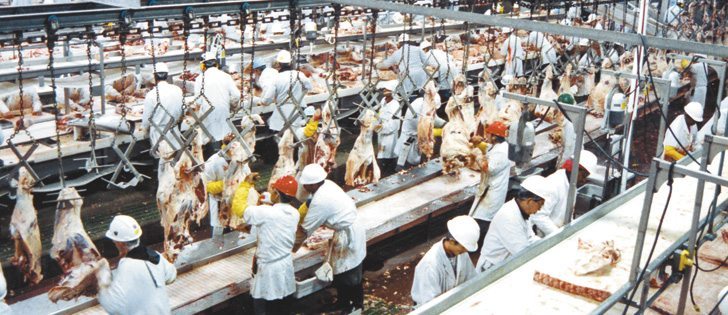In Winnipeg, the budget-strapped Canadian Foodgrains Bank expects to be scrambling to find more money to fund food aid in drought-stricken Kenya.
In Rome, the United Nations World Food Programme has issued an appeal for $230 million (US) in emergency food aid for the country.
And on the ground in the east African country, Canadian organizations like the International Development Research Council are funding projects aimed at helping millions of Kenyan farmers cope with the drought.
“It really is a very dire situation,” Simon Carter, IDRC program manager for rural poverty and environment/climate change adaptation, said Sept. 4.
Read Also

Canola oil transloading facility opens
DP World just opened its new canola oil transload facility at the Port of Vancouver. It can ship one million tonnes of the commodity per year.
“It is estimated there are 3.8 million in Kenya who are chronically food insecure and I would say the most vulnerable are the isolated pastoralists (small scale livestock producers) who are difficult to reach with help.”
Kenya and surrounding countries are caught in the grip of the worst drought in a decade. An estimated 19 million people are facing food shortages, including millions in Ethiopia.
However, much of the international attention is focused on Kenya.
“We have had a fair bit of programming in Kenya for some time and I expect there will be calls for an increase this year,” Foodgrains Bank executive director Jim Cornelius said. “A lot of our work is in semi-arid regions and they are particularly hard hit.”
The CFB typically uses its funds to buy corn in South Africa for shipment north to Kenya. “In this fiscal year, we have budgeted $4 million for Kenya but I expect as this develops we will have to figure out if and where we can find more resources.”
The World Food Programme said the situation is growing desperate.
“Red lights are flashing across the country,” said Burkard Oberle, Kenyan director for the WFP, when it issued a call for emergency donations in late August.
“People are already going hungry, malnutrition is preying on more and more young people, cattle are dying. We face a huge challenge and are urging the international community to provide us with the resources we need to get the job done.”
The Canadian International Development Agency did not respond to a question about whether Canada has pledged emergency aid.
The immediate problem is that the “long rains” that typically last from March through July did not come this year.
But Carter said there is growing evidence that this is part of a climate change-related trend.
“The region has had variable weather and frequent droughts but what we are hearing now and seeing now is that the droughts are much deeper and more intense,” he said.
One of the results of prolonged dry periods is that water sources are increasingly difficult to find for farmers who historically have moved their herds to water when droughts strike.
There are fewer water sources and in many cases, the best pastures have been purchased privately and migrating herds and farmers are not welcome. It often means dried out pastures are overgrazed and the land degraded.
Among the projects IDRC helps fund are attempts to get weather forecasts distributed to farmers in simple language to make farming plans based on expected weather patterns.
Small-scale land reclamation projects also are underway.
Meanwhile, Carter and Nairobi-based IDRC official Victor Orindi said there may be some signs of hope for parts of the country.
In the northern highlands, the “short rains” that typically come toward the end of the year are expected to be normal this year.
“The forecast suggests they will get decent rains in the highlands so that will help with crops there,” said Carter.
As well, Orindi said an expected El Nino side-effect later this year could bring rainfall to some areas.
“We are expecting some rains and that would be welcome.”
















